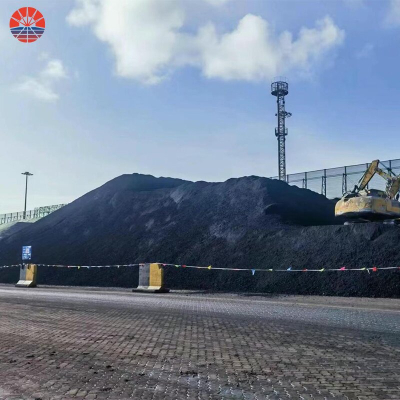2024 Lithium Battery Anode Market Price Trend and “Production Capacity Warning”
At the end of 2023, the price of artificial graphite, which was already "flat", dropped again.
Recently, the price of artificial graphite, anode material, has dropped slightly again. As of January 8, 2024, the average quotations for low, medium and high-end artificial graphite are 16,300 yuan/ton, 25,500 yuan/ton, and 47,500 yuan/ton.
Looking back at the price trend of anode materials throughout 2023, from the "continuous decline" from the beginning of the year to June, to the flatness from June to December, and then to another dip around New Year's Day, the past two years have been "rushing up" The pressure of overcapacity will make the negative electrode track in 2023 "bloody".
From a cost perspective, it is difficult to continue to find room for cost reductions in electricity prices and raw materials. The price of the anode industry is now above the cost line. The continued "price-for-volume" competition has accelerated the anode market pattern to become bipolar.
According to incomplete statistics from GGII, there are currently more than 90 anode production companies, the industry's production capacity is approaching 4 million tons, and the average capacity utilization rate of the entire industry is less than 50%. Most companies are faced with the problem of stopping production immediately after starting production, and it is difficult to absorb production capacity.
From the perspective of production capacity utilization, the industry's production capacity is divided into "head and tail" states. The total production capacity utilization rate of TOP6 companies exceeds 70%, while the average total production capacity utilization rate of companies ranked 7 and above is less than 30%.
The current CR6 concentration rate in the anode materials industry is 78%. There are less than 15 anode companies that ship more than 1,000 tons of anodes per month, occupying more than 80% of the market share of the entire industry, while the remaining more than 80 companies will "grab" the remaining 20% of the market.
It is expected that in 2024, negative small and medium-sized enterprises will face:
1) The price of negative electrode materials has further dropped. Mainstream artificial graphite 340mAh/g products will be less than 16,000 yuan/ton;
2) It is difficult to start discontinued projects; operating costs are high. Affected by low capacity utilization, over 95% of small and medium-sized enterprises have equipment depreciation costs that are more than three times that of leading enterprises;
3) A small number of customer orders will be "divided" by the market;
4) The payment collection cycle of upstream anode suppliers is lengthened, and the risk of payment collection is increasing.
GGII believes that despite structural overcapacity and the industry entering a reshuffle period, the anode materials market still has room for growth. It is estimated that my country's anode material shipments are expected to reach 5.8 million tons in 2030, of which artificial graphite is still the mainstream in the market, with shipments exceeding 4.7 million tons.
For anode companies, survival requires product differentiation and competition, market positioning segmentation, targeted development of raw materials and other measures to form misaligned competition among companies.
Especially in the construction of product differentiation advantages, with the diversified development of battery technology, the application end has put forward technical upgrade requirements for higher rate and higher energy density for anode materials. The next round of technological innovation in the lithium battery anode track is gaining momentum.
Domestic leading anode companies such as Shanshan Technology and Putailai have already accumulated experience in fast-charging anodes. Putailai has deep accumulation in secondary granulation. Putilai disclosed that in order to meet the needs of the power and consumer electronics markets, the company has deployed fast-charging negative electrodes mainly 3C-10C. In October, Shanshan Technology announced that its original liquid coating technology can help power battery fast charging performance exceed 5C.
In addition, the next generation of ideal anode materials, silicon-based anodes, has made overall progress since 2023. The new technology route porous carbon silicon-based anodes have significantly improved both in performance and stable productivity. In terms of large-scale mass production, according to GGII According to incomplete statistics, there are currently more than 40 porous silicon carbon companies, including all mainstream silicon-based anode companies.
In terms of downstream application progress, domestic battery companies have achieved monthly purchases of hundreds of kilograms. In laboratory data, compared with silicon oxygen and old silicon carbon, the performance of porous silicon carbon is "rolling type". Domestic battery companies have blended The proportion is as high as 30%, while overseas battery company laboratory data has reached 50%. The blending proportion has increased dramatically, mainly because the expansion coefficient of porous silicon carbon materials is less than 50% (the theoretical expansion coefficient is even less than 20%).
In terms of preparation cost, the theoretical preparation cost of porous silicon carbon is within 200,000 yuan/ton. Therefore, with the increase in scale and technological progress of porous silicon carbon, it is expected to be ahead of the existing mainstream silicon oxygen and silicon carbon routes in terms of cost performance.
As the scale of large cylindrical batteries increases, GGII predicts that domestic silicon-based anode material shipments are expected to exceed 60,000 tons in 2025.


